 Call at :
+86 18681515767
Call at :
+86 18681515767
 Email :
marketing@jtspeedwork.com
Email :
marketing@jtspeedwork.com
 Call at :
+86 18681515767
Call at :
+86 18681515767
 Email :
marketing@jtspeedwork.com
Email :
marketing@jtspeedwork.com

With the development of advanced technologies such as the Internet of Things (IoT) and artificial intelligence, RFID (Radio Frequency Identification) technology has been widely applied in various industries, especially in the food sector. RFID technology uses wireless radio frequency signals to identify and track items, offering effective solutions for food safety, inventory management, and supply chain optimization. This article explores the applications of RFID in the food industry and the practical benefits it brings. 1. Food Safety Traceability Food safety has always been a major global concern, and ensuring the safety of food across production, transportation, and sales stages is a significant challenge. RFID technology provides strong support for food safety traceability. RFID tags can be attached to every food package, recording essential information such as the origin, processing time, and transportation details. If a food safety issue arises, regulators can quickly trace the source, distribution, and flow of the problematic food through RFID scanning, enabling swift corrective action. For example, in the dairy industry, RFID technology is used to track milk from the farm to the supermarket. Each bottle of milk is tagged with RFID at the time of packaging, recording details like collection time, storage temperature, and logistics information. If a consumer raises concerns or a safety issue occurs, suppliers can quickly locate the source of the problematic batch of milk using the RFID system, preventing further distribution. This not only improves the efficiency of food safety regulation but also builds consumer trust in the brand. 2. Enhancing Inventory Management Efficiency Inventory management in the food industry, due to the perishable nature of food and its limited shelf life, requires more precise monitoring and control. Traditional inventory methods often rely on manual counting or barcode scanning, which are time-consuming and error-prone. RFID technology can greatly improve inventory management by boosting both efficiency and accuracy. For example, supermarkets and warehouses can use RFID tags on food packaging in combination with RFID readers to quickly and accurately retrieve product inventory and location information. Unlike barcodes, RFID does not require direct scanning of the tag and can identify multiple items simultaneously, significantly reducing the time needed for stock-taking. Additionally, RFID tags can track expiration dates in real-time, alerting managers to soon-to-expire products and helping avoid food waste and financial losses due to mismanagement. In cold chain logistics, RFID also plays a critical role. Cold chain transport requires strict temperature control, and RFID tags can record food transport temperatures. By integrating with IoT technology, RFID enables real-time monitoring of food during the entire transportation process, ensuring that food is stored and transported under optimal conditions. 3. Optimi...
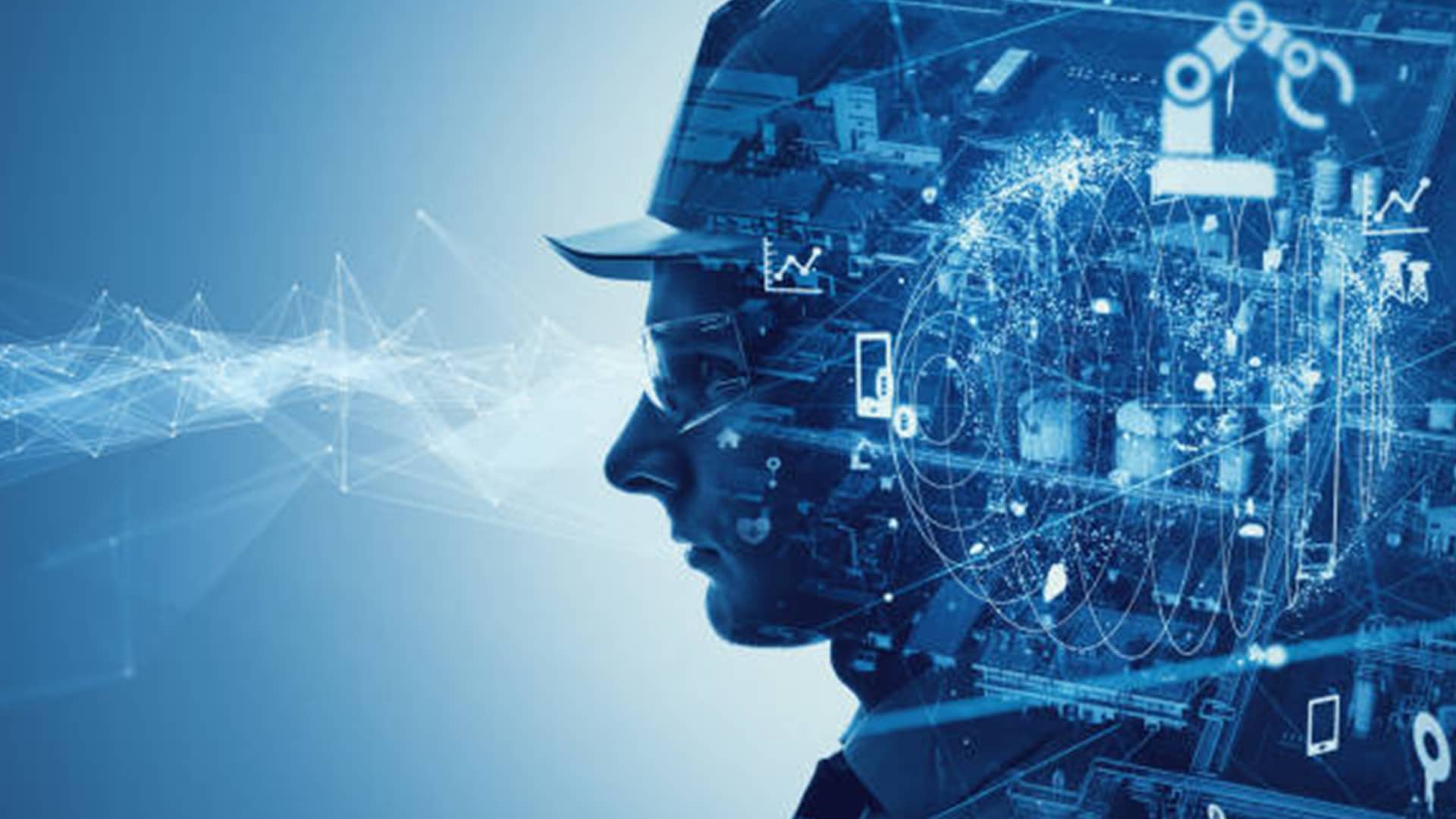
RFID technology applied to fabric management is embedded in the RFID laundry tags for fabric, RFID tags for the information carrier, for hotel fabric laundry management to provide from the handover, tracking, life cycle and other process control.RFID batch scanning identification to make inventory efficient, saving time and labor costs; improve service quality; record customer information and laundry statistics, generate various types of reports, can be at any time Query and print information, RFID fabric tags provide visual inventory management. In each piece of fabric sewing a button (or tag) electronic tags, electronic tags have a globally unique identification code, that is, each piece of fabric will have a unique management identification, until the fabric is scrapped (tags can be reused, but not more than the service life of the tag itself). In the whole fabric use and washing management, the use status and washing times of fabrics are automatically recorded by RFID reader. Supporting the batch reading of tags during the washing handover, it makes the washing task handover become simple and transparent, and reduces business disputes. At the same time, by tracking the number of washings, it can estimate the service life of the current fabrics for the user and provide predictive data for the procurement plan. RFID washing tags are divided into flexible non-woven laundry tags, button washing tags, silicone washing tags and other multi-material tags, applicable to different fabric materials, washing temperature, washing methods. Wash labels have been widely used, at the same time, RFID UHF can effectively solve the handling management of laundry and inventory management, to a greater extent to help the control of fabrics, to achieve intelligent laundry management. RFID washing management system use process Data entry. Through the implantation of RFID high-temperature washing series tags on the fabrics, the fabrics are given a globally unique code, so that the fabrics become “smart fabrics”, which can be monitored and traced throughout the entire life cycle and in each flow link. Fabric Cleaning. The fabrics are sorted manually and put into the conveyor belt, with which the fabrics will be transferred to the sling, which will drop the dirty fabrics into the main laundry cage for cleaning. After drying, the clean fabrics will be loaded into the white belt, folded by the machine and transported manually to the sorting area. Fabric Count. Each piece of fabric passes through each specific section equipped with read/write devices to read and write information quickly and in bulk, and upload the data to the cloud server. Textile soils sewn with RFID tags are packed directly. Quantities are automatically captured by RFID handhelds and the ID of each piece of dirt read is recorded. As the data is not manually counted, it improves efficiency on the one hand and brings convenience to the demand side to provide quality service. RFID washing tags give the f...
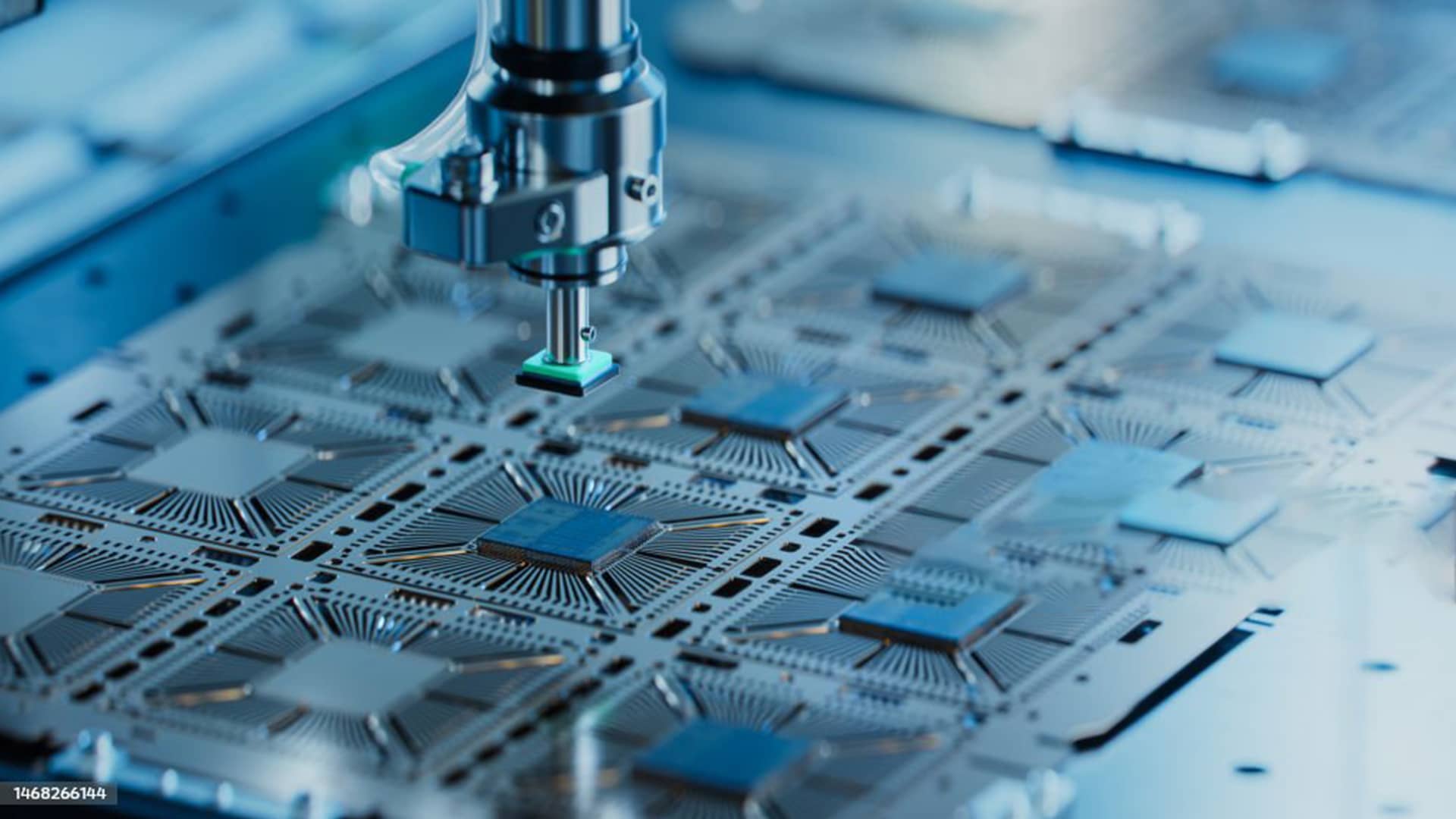
Promote intelligent manufacturing to achieve “less manpower” to become the new darling of the manufacturing industry, reduce costs, efficient and flexible response to market demand for diversification, to better meet customer needs. RFID technology applications in the field of production will be carried out on a large scale, batch, information management and control, to achieve intelligent production automation data data management, information management, real-time monitoring and control. Management. RFID production line to implement intelligent management. RFID is an advanced non-contact radio frequency automatic identification technology, recognition distance, speed, anti-interference ability, with multiple targets at the same time recognition and other advantages. In addition, RFID tags have the advantages that barcode does not have, such as: waterproof, anti-magnetic, high temperature, long life, read far, data can be changed, can be encrypted, large storage capacity. By installing RFID readers on the production line stations, products or trays with RFID readers, to obtain the production data of the product line, real-time production line information, information feedback to the information management platform for management. The visualization of the production line is to enable the enterprise management to real-time discovery of products in production and production line operation status, the system mainly consists of assembly line, RFID data collection system, work in progress and several parts of the workstation. The goal of production line visualization is to enable enterprise management to real-time discovery of work-in-process production and production line operation status. The program mainly consists of assembly line, RFID data acquisition system, WIP and workstation components, WIP moves on the assembly line, arriving at the workstation by the workers to take down the assembly of spare parts, and then put back to the assembly line after completion, until the completion of all the processes, RFID data acquisition system mainly includes RFID read-write, each WIP is bound with an RFID tag. RFID system can also provide a variety of applications and services, including: production line condition monitoring, employee behavior monitoring, production management, quality management and tracking, material management, job scheduling, on-site operation guidance, production data real-time upload. Through the RFID tag real-time data collection, the overall business process of the enterprise to record the whole process; to realize the automatic identification and real-time management of the work in progress; to realize the real-time tracking of the product life cycle; to improve the efficiency of the enterprise production management and the level of service. RFID technology to achieve batch management of the data, real-time feedback on the production line information, improve management efficiency, real-time statistics to each ...
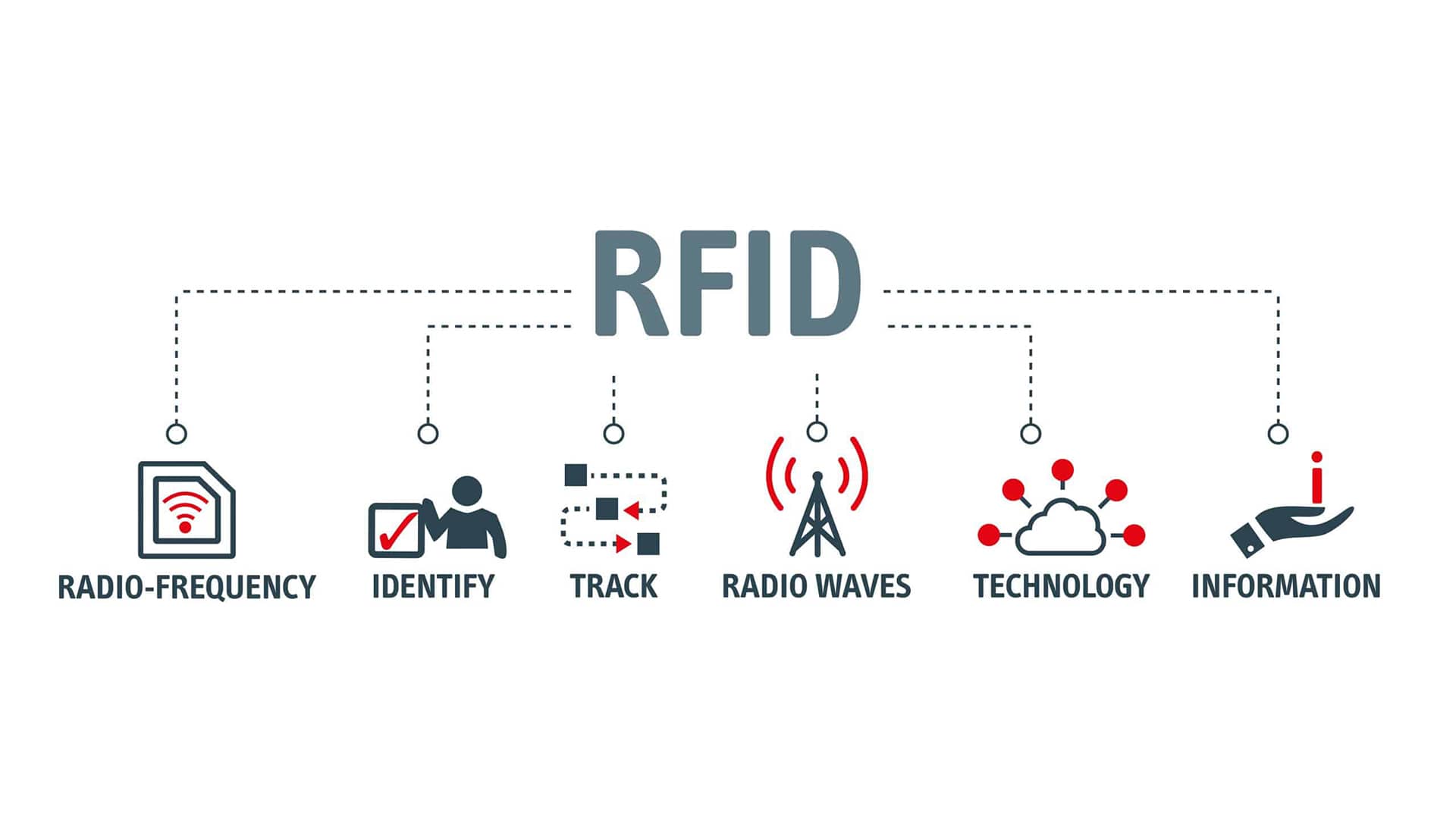
This article primarily discusses the pathways and implementation cases of the digital transformation of logistics and warehousing for branded tea companies based on RFID technology. In recent years, with the rapid development of e-commerce and logistics, tea companies have been moving towards digitalization to improve operational efficiency, reduce costs, and enhance customer experience. RFID technology (Radio Frequency Identification) plays a crucial role in this process. This technology uses microchips and antennas to identify and manage items, and is widely used in warehouse automation and inventory management. Combined with Industry 4.0 technologies such as the Internet of Things (IoT) and big data, tea companies can create smart factories to simulate and optimize production processes. However, virtualization alone is insufficient to achieve comprehensive transformation; RFID technology acts as a guiding tool to help achieve intelligent warehouse management. In the current state of logistics and warehousing digitalization, some branded tea companies like Ba Ma and Hua Xiang Yuan have already optimized their warehouse management and improved order processing efficiency through data integration and analysis. Meanwhile, the "Smart Tea Warehouse" system in Wuyishan, Fujian, utilizes IoT and big data platforms for precise environmental monitoring, significantly enhancing the intelligence level of warehouse management. However, tea companies also face numerous challenges in their digital transformation. For example, high system construction costs, a shortage of specialized talent, and data security risks are all obstacles to the transformation process. Taking Company A as an example, although significant progress has been made in the digitalization of logistics and warehousing, the coordination of the supply chain and the construction of information-sharing platforms still need improvement. Additionally, the lack of data transparency and weak analytical capabilities limit supply chain optimization. RFID technology has broad application prospects in the digital transformation of tea company logistics and warehousing. Through this technology, companies can achieve contactless identification of goods, optimize warehouse management, and improve the efficiency and accuracy of inventory management. Furthermore, RFID technology supports efficient integration with systems such as ERP and CRM, further driving the digitalization process of tea companies. In summary, by adopting RFID technology, tea companies have realized automation and intelligence in warehouse management, providing technical support for improving operational efficiency, reducing costs, and enhancing customer experience. However, addressing challenges such as costs, talent, and data security remains crucial for tea companies during the digital transformation process. In the future, as technology continues to advance and applications deepen, the digitalization of logistics and warehousing fo...
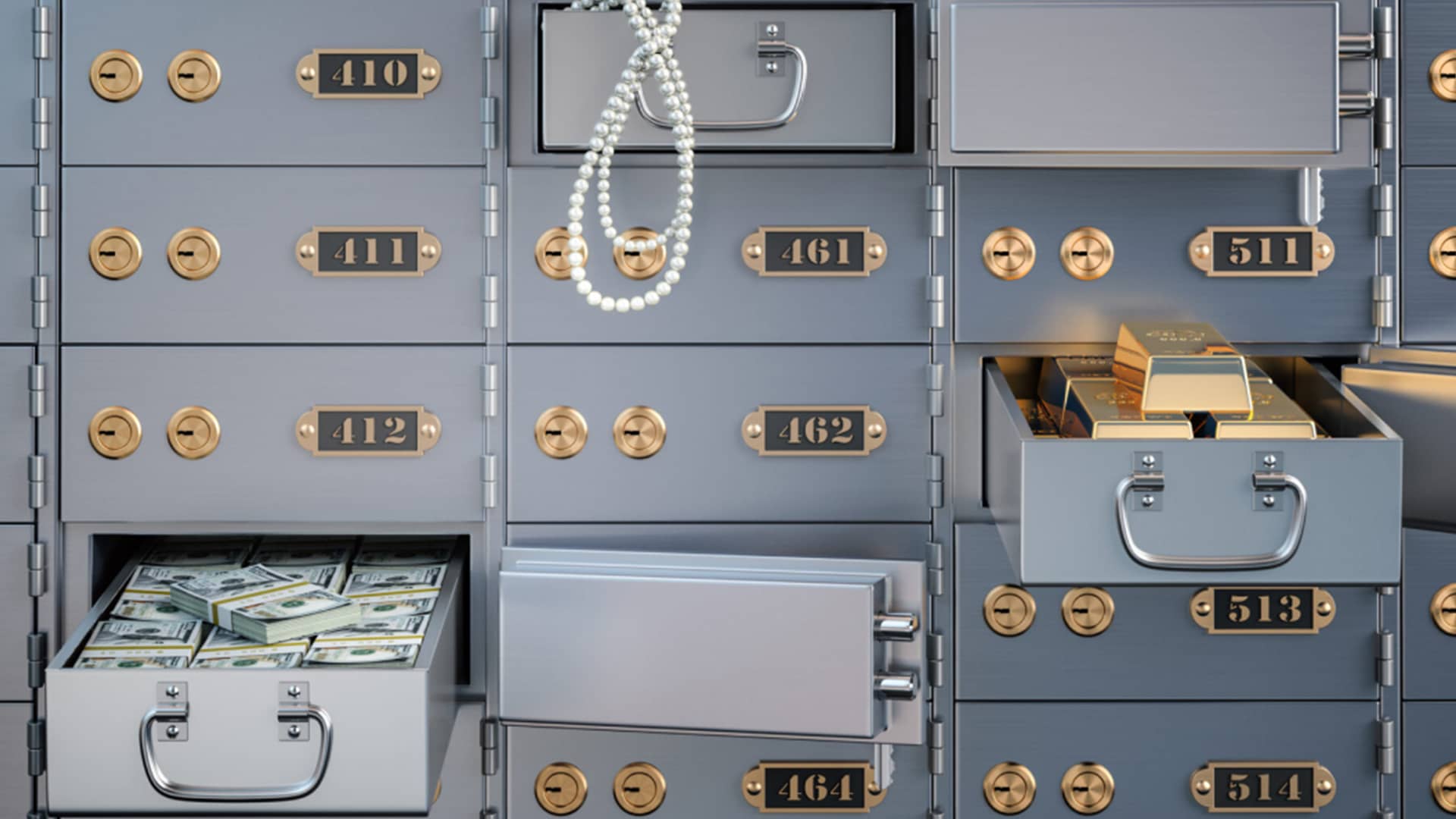
With the rapid development of the financial industry and continuous advancements in information technology, banking management methods are also constantly being updated and optimized. In terms of warehouse management, traditional manual management methods can no longer meet the needs of modern banks. RFID (Radio Frequency Identification) technology-based intelligent warehouse management systems have emerged, becoming an essential means to enhance management efficiency and security. RFID technology uses radio waves to transmit information, enabling the automatic identification and data exchange of items. The system mainly consists of RFID tags, readers, antennas, and data processing systems. Each item stored in the warehouse is attached with an RFID tag, which contains a tiny chip and antenna capable of storing relevant information about the item, such as item number, storage location, and entry time. When items enter or exit the warehouse, RFID readers installed at entry points or on shelves emit radio waves that activate the chips in the RFID tags and read the stored information. The readers then transmit the collected tag information to the backend data processing system for real-time updates and records. The data processing system analyzes and processes the received information, displaying the results on the management interface for staff to view and manage. Compared to traditional manual management, RFID technology-based intelligent warehouse management systems have significant advantages. First, RFID systems can achieve automatic collection and updating of item information, greatly reducing manual operations and improving work efficiency. Secondly, through RFID technology, managers can monitor the status and location of items in the warehouse in real-time, quickly locating and retrieving needed items, thereby reducing the risk of item loss and misplacement. Additionally, RFID systems can monitor the entry and exit of items in real-time, automatically recording each operation to prevent unauthorized personnel from entering and exiting freely, thus enhancing warehouse security management. RFID systems also accurately record detailed information about each item, ensuring data accuracy and integrity. Moreover, all operation records can be traced, facilitating audits and inquiries. Although the initial investment in RFID systems is relatively high, their automation and efficiency can significantly reduce labor costs and management expenses, making them economically beneficial in the long run. RFID technology-based intelligent warehouse management systems not only improve work efficiency and security but also provide strong support for banks' refined management. As RFID technology continues to develop and be applied, these intelligent management systems are expected to play an important role in more fields, driving innovation and development in banking management methods. In the future, with the further integration of the Internet of Things and bi...

Revolutionizing Industrial Internet: The Power of LF RFID Technology With the rapid development of the Industrial Internet, low-frequency RFID (Radio Frequency Identification) technology has been increasingly applied in industrial fields. Low-frequency RFID technology mainly operates in the frequency band of 30 kHz to 300 kHz, offering advantages such as strong penetration, robust anti-interference capabilities, and suitability for metal environments. This article will introduce the working principle of low-frequency RFID technology and demonstrate its prac tical application in the Industrial Internet through a specific project case.
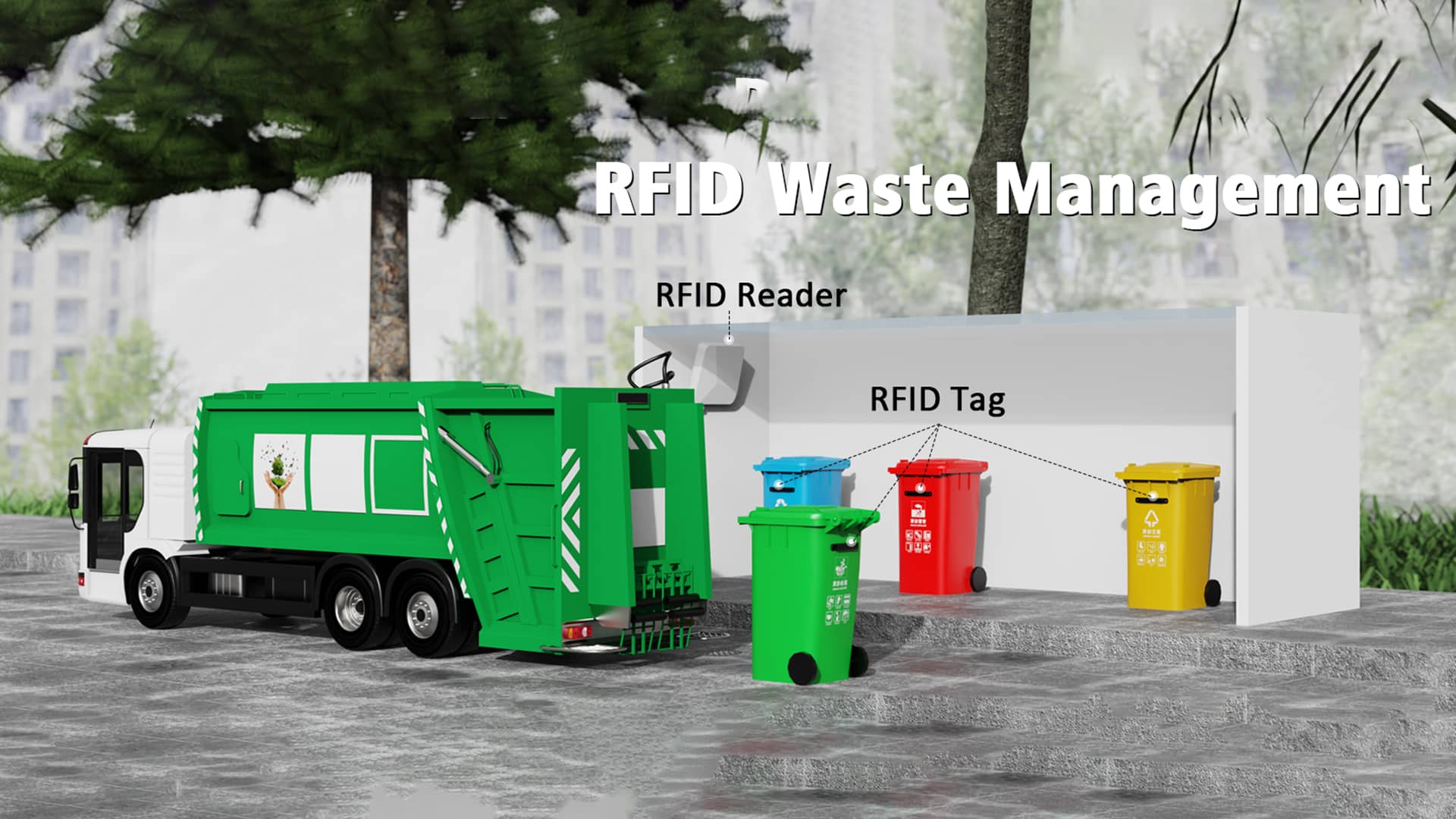
With the high attention to environmental protection, the importance of environmental protection can be imagined, not only can coordinate the relationship between human beings and the environment to protect our living environment, but also can guarantee the sustainable development of the economy. The rapid development of urban construction, the handling of the environment has been plagued by a lot of management, the number and distribution of environmental health facilities, the number of times the garbage collection of the implementation of security, garbage production day to day to ensure that the garbage in a timely manner, timely transfer, timely scheduling and so on will become an important part of the supervision of the health hearing. Environmental protection work mainly using RFID technology to collect the information of each part, the establishment of intelligent sanitation platform to help the development of smart cities, RFID technology has become an important helper in the collection of intelligent sanitation garbage can data. Due to the number of garbage sanitation facilities, widely distributed, can not do accurate, real-time grasp; city garbage cans garbage accumulation situation is serious, public places can not accurately grasp the situation, for the relevant personnel's work task implementation efficiency and quality can not be timely understanding; sanitation vehicle status information can not be obtained in real time, can not put an end to the collection of not according to the specified routes clearing, speeding operations and other problems; can not ensure that the garbage timely transit, timely scheduling and many other problems plagued by RFID technology has become an important helper in data collection for intelligent sanitation garbage cans, as many problems such as timely transfer, timely scheduling and so on are troubling the managers. Garbage transportation supervision is through the internal installation of UHF RFID read-write on the garbage truck, and press the UHF RFID tag on the garbage bin. When a garbage truck began to load and unload garbage, the garbage truck on the RFID read-write will read to be operated on the garbage bins RFID tags. Installation of RFID read-write equipment in each neighborhood sanitation station to collect the RFID tags installed on the garbage cans, RFID tags bound to the garbage cans in the location of the details of the location, in the clearing path of the key position, the installation of geographic location tags, the sanitation department in the passing, through the tag information reading, access to the location of the information and facilitate the system to carry out the optimal planning of the route. Installation of UHF integrated read-write in the sanitation vehicle responsible for garbage removal and transportation, the UHF RFID read-write is installed in the sanitation vehicle, which can read the electronic tags on each garbage can or garbage hopper, and is used to count the w...
RFID technology has a long reading distance, fast reading speed, batch group reading, not easy to deface, data capacity and many other advantages, has been used in many application scenarios.RFID technology in the warehouse can effectively simplify the complicated warehouse operation process, enhance the efficiency and transparency of enterprise information management. In the entire RFID warehouse management operations, RFID technology, long-distance identification, high-volume reading and accuracy characteristics, applied to warehouse management, warehousing, warehousing operations, out of storage, inventory, sorting and other processes, RFID warehouses into and out of the intelligent identification of the collection and control. RFID warehouse management system features. 1, into the warehouse management Arrangement of RFID fixed read-write at the door of the warehouse, together with RF planning based on the site environment, such as the ability to install the upper and lower left and right four antennas, to ensure that RFID tags are not missed. After receiving the inventory list, in accordance with certain rules will be products into the inventory, when the RFID tag (UHF) into the RFID fixed read-write electromagnetic wave range will be automatically activated, and then RFID tags and RFID fixed read-write communication, when the collection of RFID tags is completed, it will be compared with the order, checking the number of goods and the model number is correct, if there is a mistake or omission for Manual processing, and ultimately the goods will be transported to the designated location, in accordance with the rules of placement. RFID in the warehouse handling the use of the most important advantage of non-touch remote identification, and can be read in batches, to improve power and accuracy. 2, out of the warehouse handling According to the program, the goods out of the warehouse for sorting and processing, and out of the warehouse for processing. If the number of goods out of the warehouse is large, the goods will be pushed to the warehouse door in batches, the use of fixed read-write and tag communication, the goods out of the RFID tag collection, to see whether the program with the program corresponds to, if there is a fault, quickly manual processing. On a small amount of goods, can use RFID handheld terminal RFID tag information collection (handheld scanning gun or RFID tablet PC), there is a fault, it will issue an alarm, the staff should be dealt with in a timely manner, and ultimately send the data to the handling center to update the database to complete the out of stock. 3、Inventory handling In accordance with the requirements of the treasury for regular and irregular inventory. Traditional inventory, time-consuming and labor-intensive, and prone to error. And this all RFID to solve these problems, when there is an inventory program, the use of RFID handheld terminals for goods inventory scanning, inventory of clothing information,...
Categories
New Products
JT-6210 0-1m UHF RFID Desktop USB Reader Writer ISO18000-6C Read More
JT-7100 0-3m 860-960MHz UHF RFID Industrial Grade RFID Reader Read More
JT-8380 0-6m UHF RFID 860-960MHz Middle Range Integrated Reader Read More
JT-P983 Industrial Tablet Pad RFID Handheld Reader Grade Long Range Android UHF Terminal Bluetooth RFID Reader For Warehouse Read More
JT-1550 Small Mini HF RFID 13.56MHz Module ISO14443A ISO 15693 Protocol Read More
JT-2302A 13.56MHz RFID Module ISO14443A ISO15693 Protocol Read More
JT-2302 HF RFID 13.56MHz Module ISO14443A ISO15693 Support Mifare1 IC card Read More
JT-2540 TM200 UHF RFID 4-port Module 860-960MHz TTL Read More
Copyright © 2025 Shenzhen Jietong Technology Co.,Ltd. All Rights Reserved.

IPv6 network supported